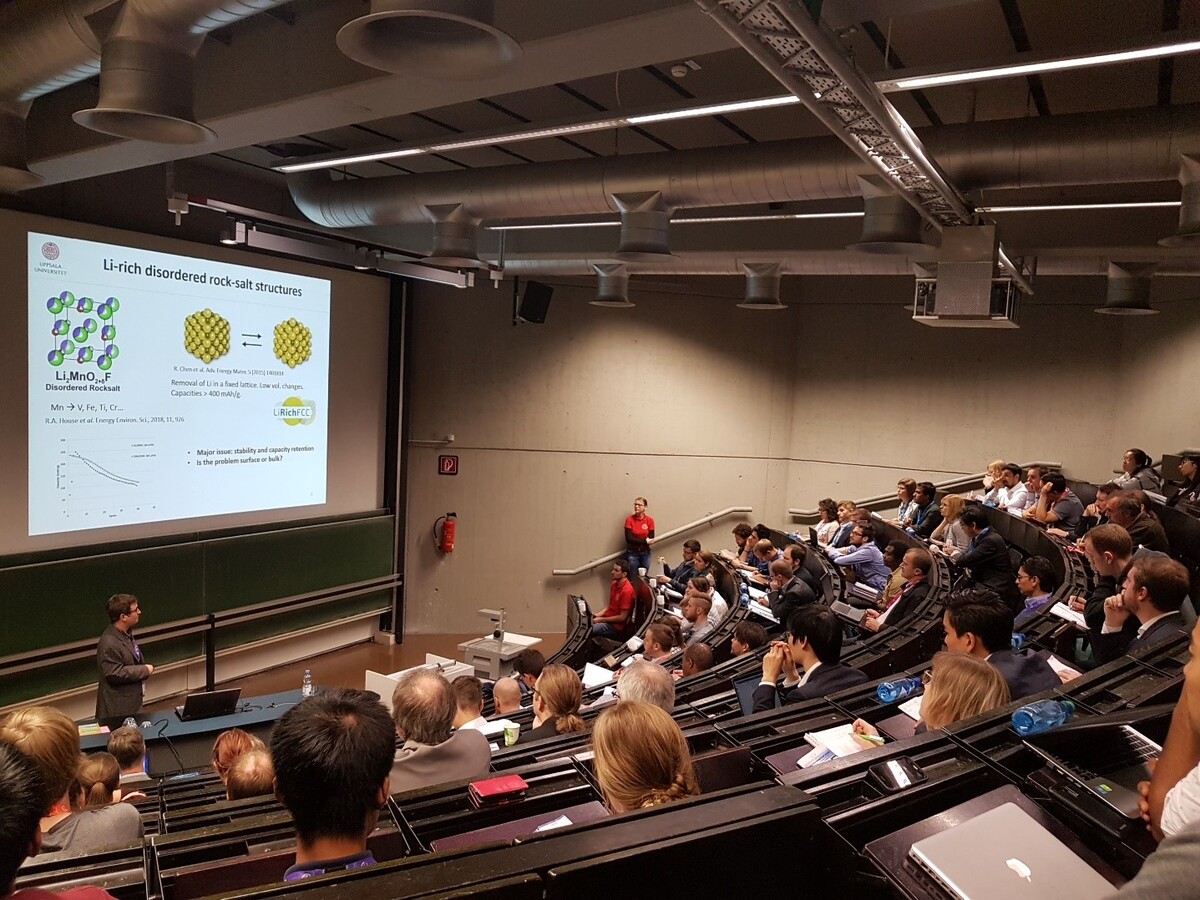Through Disorder to New Batteries
Batteries are a central component of electric vehicles and many electronic devices, and the use of batteries as buffer storage in photovoltaics is becoming yet another major application. While the performance and cost of batteries have been improving over the past years, the increasing need for electrical energy storage and installed battery capacity worldwide raises concerns about the raw materials supply necessary to back the increasing demand. The consumption of raw materials by battery technology is of critical importance, as a sustainable growth within the battery sector appears to be limited by the use of critical raw materials such as nickel and cobalt as well as by the low recycling rate of used Li-ion batteries. Researchers seek powerful alternatives that can replace existing Li-ion technology and that offer a path towards sustainable electrochemical energy storage.
“Disordered systems, an entirely new and fascinating class of materials that packs Li ions at an unprecedented density, might offer an alternative” says Maximilian Fichtner, coordinator of the first international project on disordered, lithium-rich rock salt materials “LiRichFCC”. “Disorder in classical energy storage materials has a negative impact on battery performance because it typically hinders ion transport. The situation is, however, completely different in disordered rock salt materials: Here, disorder has a positive impact on ion transport which works the better the more lithium is packed into the structure.” The chemical composition of these materials can vary, but does not include critical raw materials such as cobalt – yet another advantage of this new technology. “Our project is in particular concerned with the exploration of so-called oxyfluorides. In this field, scientists at Karlsruhe Institute of Technology (KIT) and Helmholtz-Institute Ulm (HIU) have done groundbreaking work over the past years. Now we aim to take the materials to the next level and explore in a European project whether these materials can be made application-ready.
Today, scientists from Europe, Japan, and the US gather in Ulm for the first international symposium on disordered rock salt materials. The symposium has been organized by HIU and the LiRichFCC project team. Progress in the field is presented and new routes towards utilizing the high potential of this fascinating new class of compounds are discussed.

